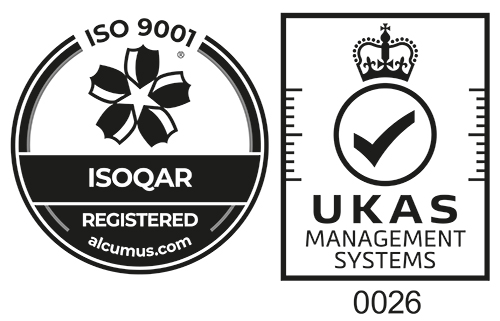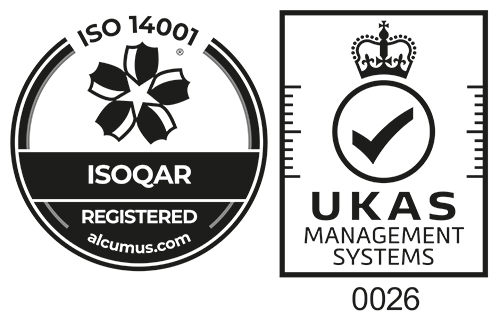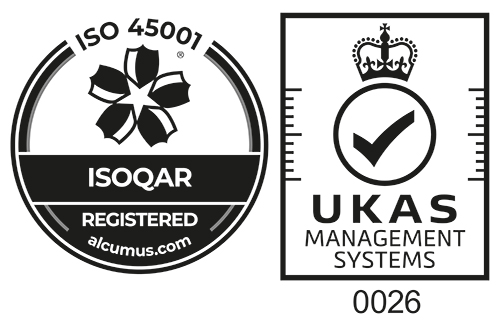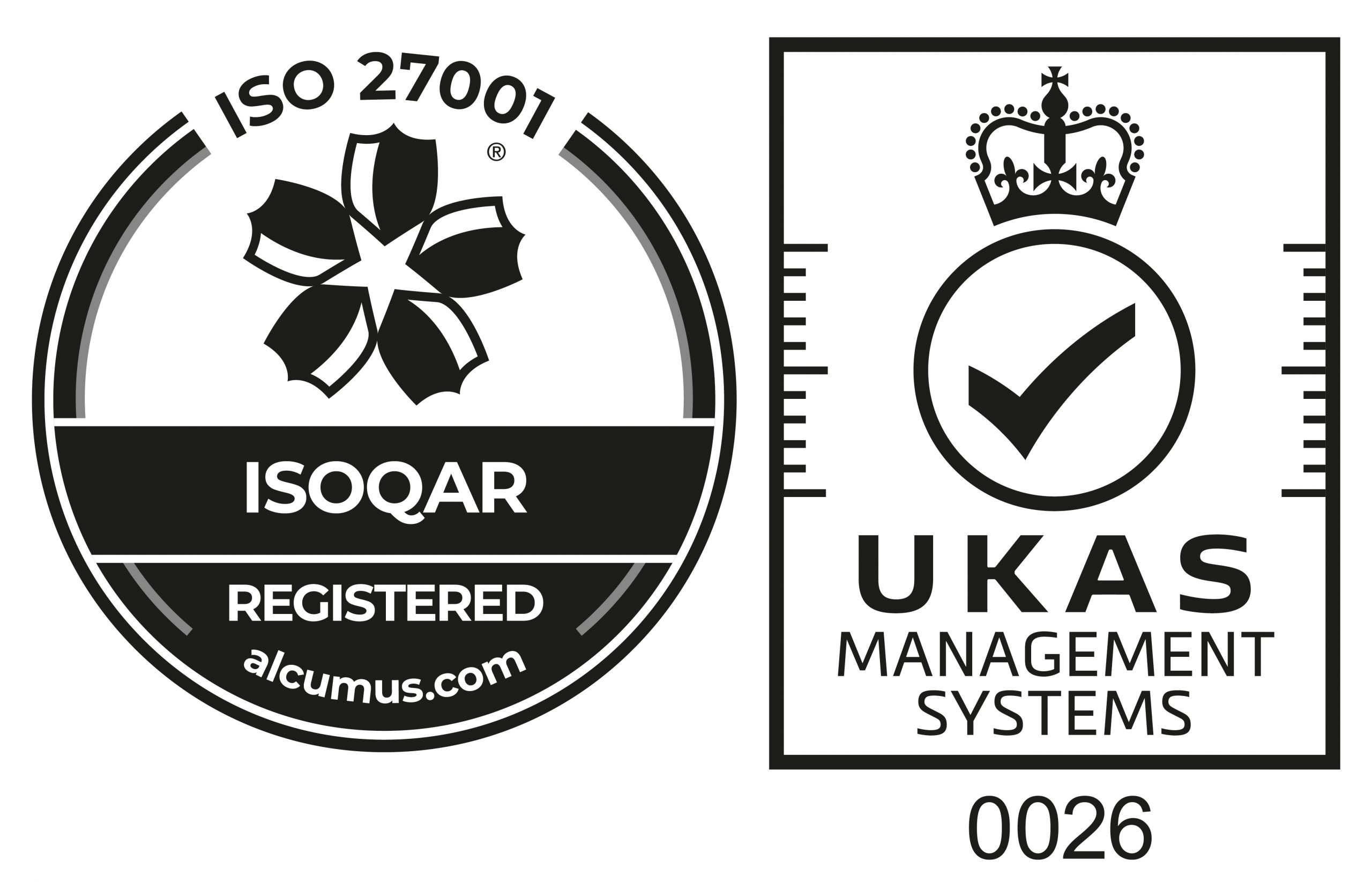Safety has always had a high profile and priority in construction and engineering. Construction industry by its very nature is a profession tied to negativity.
The industry continues to identify how injuries occur and implement ways to reduce harm, whether it’s physiological, psychological or environmental, but there is a need of pattern shift in safety management to continue to improve. Across the industry, the accident rates have reduced considerably but new challenges have arisen that have not been obvious before.
Although needless, predictable accidents are getting eliminated gradually, however there has come a point where these rates are not dropping any further.
Historically, the main health and safety management focus has been on reducing incident rates but as these targets started to come into view the world began to look different. The realisation that reducing them further was not a matter of trying harder or engaging hearts and minds but looking at safety differently. The old mindset might be inhibiting future progress – the predictive value of low consequence accidents as a warning of high impact events was effectively zero.
An assumption that the absence of reported accidents equals good safety is dangerous. Generally, the fatality rate in construction industry increases when the accident frequency declines. If you look at major accidents and incidents across a number of industries, invariably you hear that their project or event had “an excellent safety record” previously.
The Mission Zero campaign adopted by different construction companies on their projects have successfully reduced accidents but now is the time is to take the next step which will have a significant impact on future major projects. Backward looking data doesn’t improve safety performance. Communication is key to improve safety management.
Traditionally, human error is blamed to be largest cause of accidents. But if they are responsible for what goes wrong, who is responsible for what went right? The workforce has been seen as unreliable in safety terms, needing to be controlled, constrained and monitored. People, however, navigate complex systems successfully every day and can demonstrate that they are adaptive when empowered.
Perceptions of safety should be based not around the absence of negatives and perfect audit scores, but the presence of positives. People with credibility must be encouraged to go against common interpretations and be allowed to take risks. Without risk there is no innovation.
In general, safety is treated as an ethical responsibility, flowing downwards through the company and not a bureaucratic activity designed to protect against litigation. Paper and systems will be the enablers; learning from mistakes shared. An alternative cultural view will be applied to ensure the gap between written guidance and actual work is understood and that work around innovation to get the job done is explored.
Things must be done differently so that colleagues can successfully create a safer environment. Safety will be governed by people on-site, with power over their decisions, who report back to the shop floor or project teams.
People are a source of diversity, insight and wisdom, not purely of risk. Don’t obsess with what went wrong but investigate what went well, cultivating open dialogue, and consider risk taking and innovative ideas that will create a safer yet dynamic industry.
Source: SHP Online





